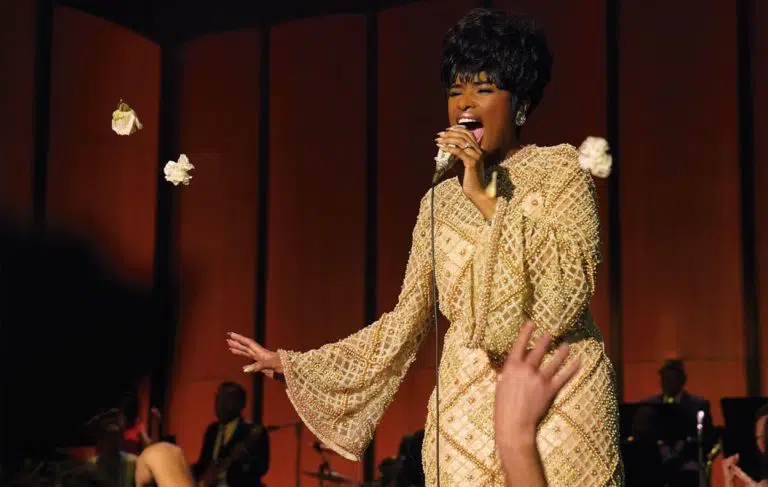Night Moves
Arthur Penn’s 1975 movie Night Moves sits snugly alongside two other films made about the same time – Polanski’s Chinatown (which went into production in the same month in 1973) and Altman’s The Long Goodbye, which had opened earlier that year. All three are neo-noirs recalling the era of Raymond Chandler, Sam Spade and Humphrey Bogart. Of the bunch only Chinatown was a proper box office and critical hit, and even then some critics were a bit sniffy (the New York Times didn’t go a bundle). Since then, The Long Goodbye has been rerated upwards to join Chinatown in the pantheon, and now it looks like Night Moves is also in the process … Read more









